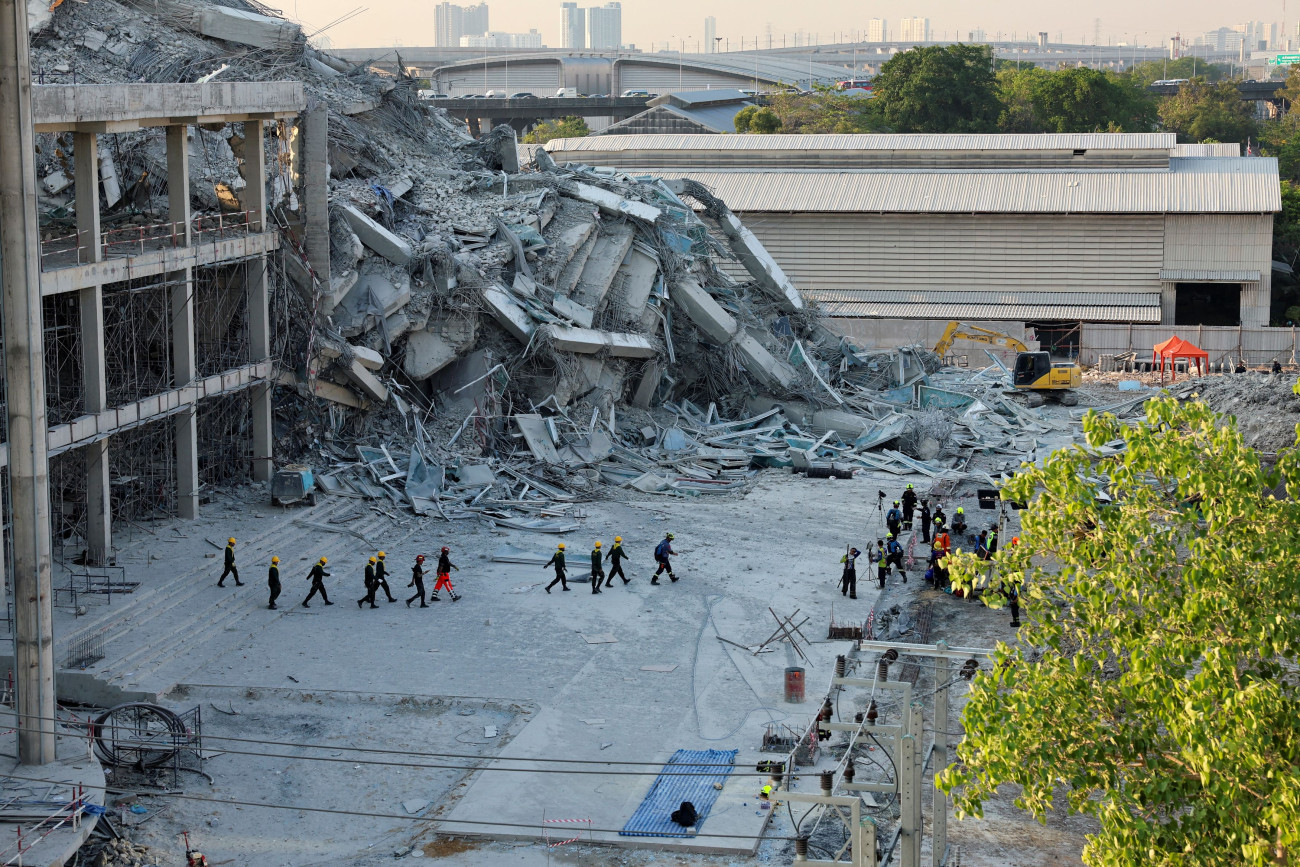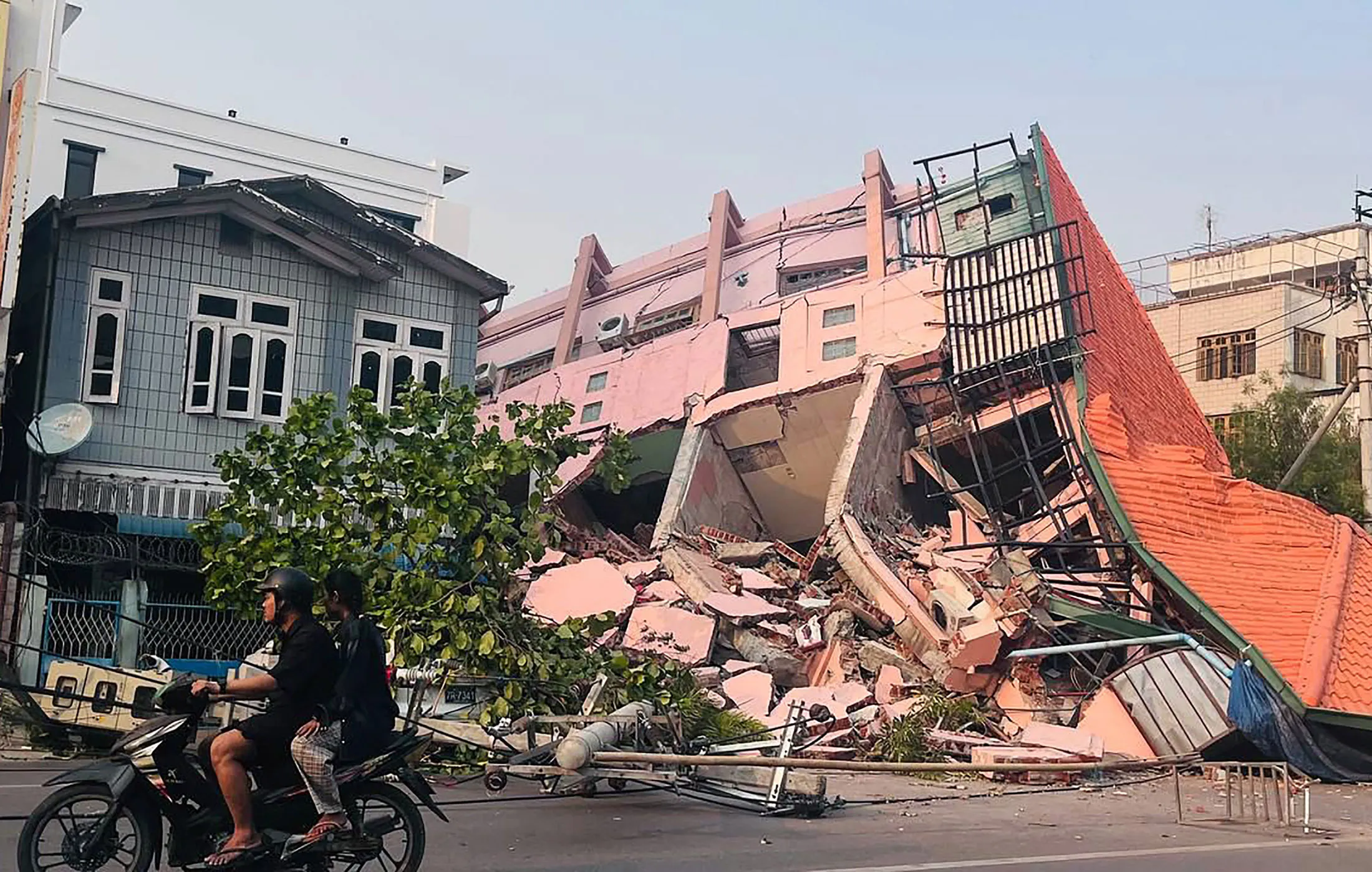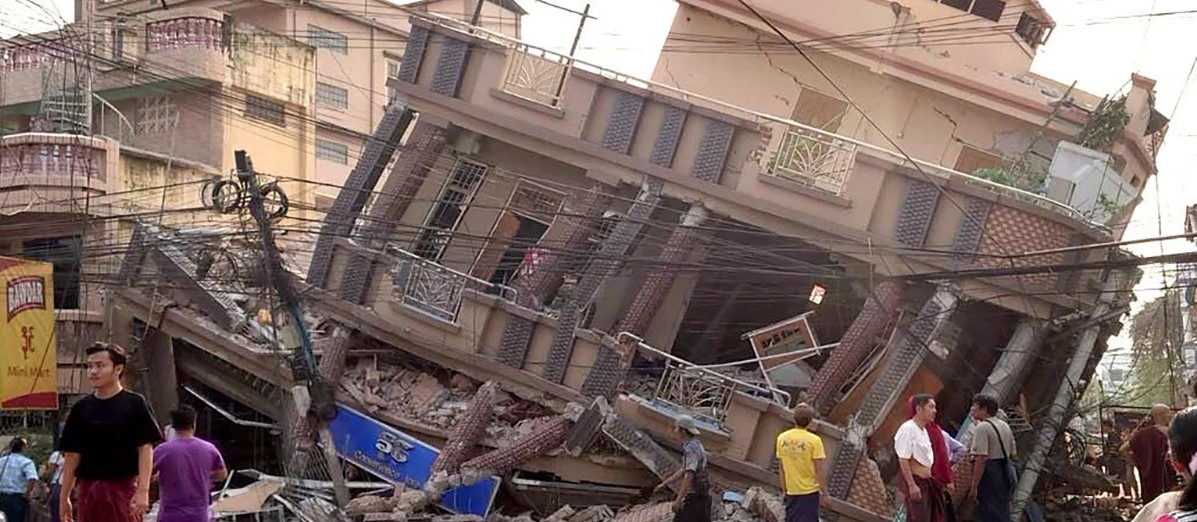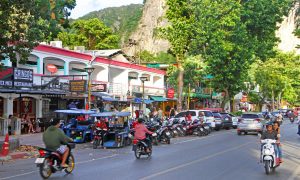A powerful 7.7-magnitude earthquake struck Myanmar, causing widespread destruction across a wide swath of Southeast Asia. As rescue efforts continue, concerns grow over the rising death toll and the challenges of delivering aid in the politically fraught nation.
On March 28, 2025, at approximately 1:30 p.m. local time, a powerful 7.7 magnitude earthquake struck central Myanmar, with its epicenter near Mandalay, the nation’s second-largest city. The quake occurred at a shallow depth of 10 kilometers (6 miles), intensifying its destructive potential. A major 6.7 magnitude aftershock followed just 11 minutes later, compounding the devastation. The tremors were felt across several neighboring countries, including Thailand, India, Bangladesh, and China, underscoring the earthquake’s vast reach. The quake occurred in the same area as an 8.0-magnitude quake that struck there about 123 years ago.
In Myanmar, Friday’s earthquake has resulted in at least 140 confirmed fatalities, a number expected to rise significantly as rescue operations continue. The US Geological Survey estimates that thousands were likely killed, with a death toll over 10,000 a distinct possibility. Thousands more have sustained injuries, overwhelming local medical facilities.

The ruling military government, led by Min Aung Hlaing, has declared a state of emergency in multiple regions, including Mandalay and the capital, Naypyitaw. Min Aung Hlaing echoed other grim predictions, stating that the death toll was very likely to rise well above the 140 fatalities already confirmed.
The earthquake has caused extensive damage to infrastructure in Myanmar. The Sagaing Bridge, a critical transportation link connecting Mandalay to Sagaing, has collapsed, disrupting movement and complicating relief efforts. Additionally, sections of the highway connecting Mandalay with Yangon have been severely damaged, hindering the delivery of aid. In Naypyitaw, the capital city, several public buildings and religious shrines have sustained significant damage. Communication networks have been disrupted, making coordination of rescue and relief operations challenging.

GEOLOGICAL INSTABILITY MEETS POLITICAL TURMOIL
Myanmar is situated along the Sagaing Fault, a major tectonic boundary between the Indian Plate and the Eurasian Plate. This fault is one of the most active in Southeast Asia, and a major earthquake was always a possibility, according to Dr. Than Myint, a Myanmar-based geologist. The Sagaing Fault has a history of producing significant seismic events, with the last major earthquake occurring in 1912, registering a magnitude of 8.0, also near Mandalay. The recurrence of such powerful earthquakes underscores the seismic vulnerability of the region.
The earthquake Friday was probably the biggest on the Myanmar mainland in nearly a century, said Bill McGuire, a professor of geophysical and climate hazards at University College London.
“A combination of size and very shallow depth will maximize the chances of damage,” he said. “It is highly likely that build quality will generally not be high enough to survive this level of shaking, and casualty numbers will almost certainly climb significantly as more becomes known of the scale of the disaster.”

The earthquake has exacerbated an already precarious situation in Myanmar, a nation grappling with political instability following the 2021 military coup. The ruling military government has extended an appeal for international assistance, inviting “any country” to provide help and donations. Min Aung Hlaing mentioned that routes for international aid have been opened, and offers of help from India and ASEAN nations have been accepted. However, the delivery of aid is hampered by damaged infrastructure and ongoing conflict in certain regions.
The International Rescue Committee (IRC) has expressed deep concern over the situation, highlighting that Myanmar was already facing a humanitarian crisis prior to the earthquake. The added stress of meeting the needs of those injured in the earthquake is going to cause unparalleled strain on already stretched resources, stated Mohammed Riyas, the IRC’s Myanmar director. The organization is preparing to send emergency assistance to address the immediate needs of the affected populations.
IMPACT IN NEIGHBOURING THAILAND
The earthquake’s impact extended beyond Myanmar’s borders. In Thailand, at least 10 people have been confirmed dead, with over 100 individuals reported missing, particularly in areas close to the Myanmar border. The powerful earthquake caused buildings in Bangkok to sway, some violently, even though the Thai capital is nearly 1,000 kilometers from the epicenter. The shaking in the city of some 17 million led to evacuations and widespread panic. Videos of rooftop pools sloshing water over the sides of skyscrapers circulated on social media.
Near the popular Chatuchak Market in Bangkok, a 33-storey high-rise under construction collapsed, causing several confirmed deaths and trapping numerous workers under the debris, with multiple videos of the dramatic collapse quickly going viral on social media worldwide. Rescue operations are still underway, with emergency responders working tirelessly to locate survivors. The video below shows both the violent shaking of rooftop pools and the stunning collapse of the high-rise building.
In Thailand, the government has mobilized emergency services to assist affected communities, particularly in the northern regions close to the Myanmar border. Prime Minister Paetongtarn Shinawatra has reassured the public that the affected area is limited in scope and that residents in the impacted zones can return to their homes. However, authorities remain vigilant, monitoring buildings for structural integrity and providing support to those displaced by the disaster.
The international community has begun to respond to the crisis. The United States said that it would be assisting following the earthquake, emphasizing the severity of the disaster. Various humanitarian organizations are mobilizing resources to provide aid, though access to certain areas remains a significant challenge due to damaged infrastructure and political constraints.
The earthquake has also raised concerns about the structural integrity of large-scale dams in the region. Marie Manrique, the Red Cross program coordinator in Yangon, highlighted that the damage to public infrastructure includes roads, bridges, and public buildings, adding that there are concerns over the state of large-scale dams. Ensuring the safety of these structures is critical to prevent further disasters, such as flooding, which could compound the already dire situation.

As in any large-scale disaster, the psychological impact of the earthquake on the affected populations is already profound. Survivors are grappling with the loss of loved ones, homes, and livelihoods. The destruction of cultural and religious landmarks has further deepened the collective trauma. Mental health support is an essential component of the relief efforts, aiming to help individuals and communities cope with the aftermath of the disaster.
Experts say that this catastrophe once again underscores the critical need for enhanced disaster preparedness and response mechanisms in earthquake-prone regions. Implementing stricter building codes, developing comprehensive emergency response plans, and investing in early warning systems are vital steps to mitigate the impact of future seismic events, though of course that’s much easier said than done in a poor, war-torn country like Myanmar. However, even relatively inexpensive public education campaigns on earthquake preparedness can also play a significant role in reducing casualties and improving response outcomes.
As Myanmar and its neighbors begin the painful process of recovery, the resilience and solidarity of the affected communities will be paramount. The path to rebuilding will require sustained international support, coordinated relief efforts, and a commitment to addressing both the immediate and long-term needs of those impacted by this devastating earthquake.

HOW YOU CAN HELP
For those looking to support relief efforts, consider donating to reputable organizations like:
- Red Cross Myanmar (www.redcross.org)
- UNICEF Emergency Response Fund (www.unicef.org)
- ASEAN Humanitarian Aid Network (www.ahacentre.org)
"ExpatGo welcomes and encourages comments, input, and divergent opinions. However, we kindly request that you use suitable language in your comments, and refrain from any sort of personal attack, hate speech, or disparaging rhetoric. Comments not in line with this are subject to removal from the site. "





















